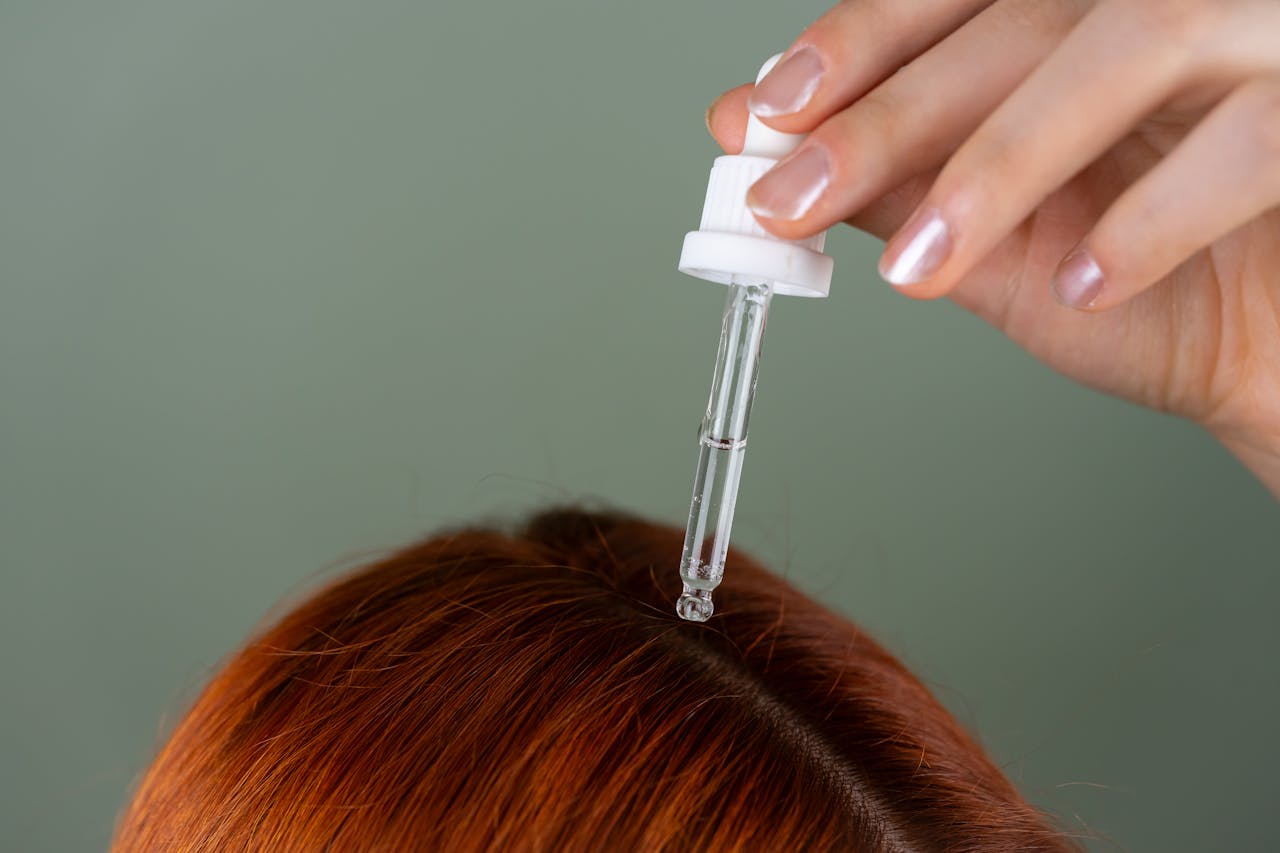
What to Expect During Your FUE Recovery Process
Follicular Unit Extraction (FUE) hair transplants offer a simple, minimally invasive way to restore your hair with little downtime. However, while it is a straightforward procedure, understanding the recovery process is crucial to achieving the best results. Here’s a clear and practical guide to help you navigate recovery and set yourself up for a successful hair restoration journey.
Immediate Post-Procedure Care
The First 24–48 Hours
After your FUE transplant, your scalp may feel tender, and small scabs will form around the transplanted follicles. Your doctor will provide instructions on cleaning the treated area to prevent infection and promote healing.
- Protect the Area: Avoid touching or scratching your scalp to prevent dislodging the grafts.
- Medications:You may be prescribed pain relievers and antibiotics to reduce discomfort and lower the risk of infection.
- Rest:Take it easy for the first couple of days to give your body time to heal.
Managing Swelling or Discomfort
Some patients experience mild swelling in the forehead or around the eyes. This is a normal response and usually subsides within a few days. Applying a cold compress (avoiding direct contact with the grafted area) and keeping your head elevated while sleeping can help minimize swelling.
Returning to Normal Activities
Resuming Work
Most patients can return to work within three to five days after the procedure, depending on their comfort level and the nature of their job. If your work involves physical exertion, consult your doctor for specific recommendations.
Exercise and Physical Activities
It’s essential to avoid strenuous exercise, heavy lifting, and activities that cause excessive sweating for at least two weeks. These can increase the risk of complications or disrupt the healing process. Light activities like walking are generally safe after the first few days.
Long-Term Care
When to Expect Visible Results
Hair growth following an FUE transplant doesn’t happen overnight. The transplanted hairs may shed within the first two to three weeks, a normal process called “shock loss.” New growth begins around the three-month mark, with significant results visible at six to twelve months. Patience is key, as the final outcome will be worth the wait.
Maintaining Healthy Hair Growth
To support long-term results, follow these tips:
- Gentle Care: Use mild shampoos and avoid harsh soap or beauty products.
- Follow-Up Treatments: Consider additional therapies like PRP (Platelet-Rich Plasma) therapy to strengthen your results.
- Healthy Lifestyle: A nutrient-rich diet and stress management can promote overall hair health.
Why Proper Recovery Matters
Your recovery process directly impacts the success of your FUE procedure. By adhering to your doctor’s instructions and practicing patience, you can ensure that the transplanted hair follicles take root and thrive.
Learn More About FUE Recovery
Understanding what to expect during your recovery is a vital part of the hair restoration journey. Whether you’re preparing for your procedure or looking to enhance your results, our team is here to guide you every step of the way.
Schedule your consultation today to learn more about preparing for and recovering from FUE hair transplants.